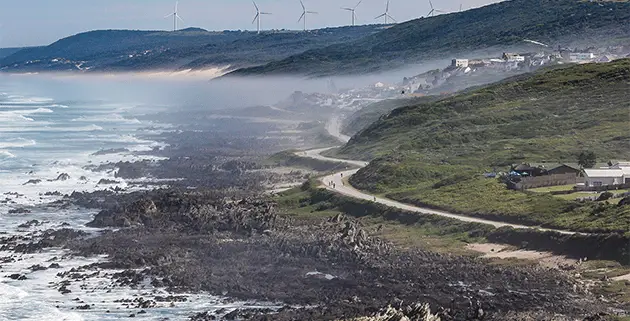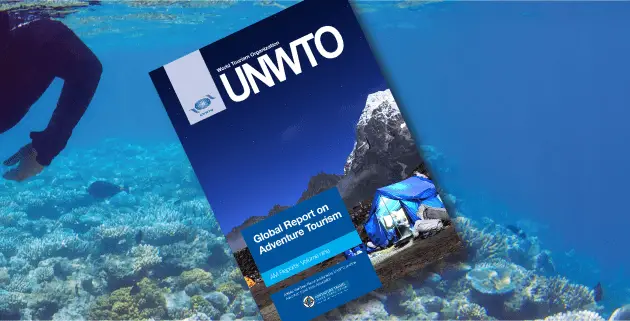Dispelling Negativity in Destination Marketing
Life would be so simple if consumers of travel followed a logical decision making process, with an abundance of time when planning their next holiday, writes Judy Lain.
Numerous factors – many completely unrelated to the decision they are making – will exert influences on their choice and consumption. Our visitor’s mind is not a white canvas, free of perceptions and beliefs that follow a linear decision making process when planning a holiday. If the information we provide them is inconsistent with those beliefs, the marketing message is likely to be ignored.
Understanding how perceptions work can help solve some common marketing challenges for DMOs
Health food is often believed to be unpalatable, bland, “not that tasty”. This perception is a significant barrier to purchasing it. This negative perception is top-of-mind when the consumer is walking down the aisle or when consuming it. Having a negative effect on repeat purchase.
The problem is not the food, but our negative perception is so strong that it overrides our personal experience. To solve this challenge, we need to get consumers to have a new positive experience first, then describe the health claim. A potential solution to overcome this would be to have the flavour claims on the front of the packaging and the health claims on the side panel.
So how is this relevant to destination marketing?
Learning from the “most dangerous place” in the world
Colombia, identified tourism as a priority sector and opportunity for sustainable job creation and economic growth. Its global reputation as “the most dangerous country in the world” compromised its ability to capitalise on this. The Colombian government took drastic steps to end the conflict and restore order to society, along with making the country safe for foreign visitors. Along with this aggressive internal approach, the tourism authorities launched a media campaign that addressed the countries long-standing negative perception that you would probably be kidnapped if you went to Colombia.
The Columbia Tourism video ‘The only risk is wanting to stay‘ addressed the negative perception with an underlying positive. By showcasing its natural beauty, people, food, fairs, handicrafts, colours and experiences – the only risk you would have is wanting to stay longer and experience more.
Do you know what negative perceptions your guests have while they are dreaming and planning their holiday (before they even book)?
So often when we do our research we ask questions such as (a) how many people in the party?, (b) what time of the year do they travel?, and (c) how long do they stay?, or we jump straight to trends (I must do something on Facebook). But do you spend enough time understanding what your visitor thinks about your region or town before they even book and how are you working to change the negative perception?
By spending a bit of time asking the right questions to develop the right insights and then providing the right messaging, you will drive success.
Taking insights into practice
North American visitors are showing year-on-year growth into the Western Cape province of South Africa, along with nice geographic spread. As the Destination Marketing, Investment and Trade Promotion Agency for the Western Cape, Wesgro is partnering with Orbitz to run a digital marketing campaign that inspires those looking online during the “dream phase and planning phase” with the goal of driving bookings to the province up over the April – September period. Wesgro’s content and messaging is based on insights provided to by Orbitz and South Africa Tourism.

For more information visit www.wesgro.co.za






